LeroyJ provided a great step by step process on how to roast a pig.
I’ve been roasting whole hogs in different ways for about 15 years, mostly at family BBQ’s, graduations etc. Nothing professional whatsoever. I’ve learned something new each time I’ve done it, and by no means is it a perfected technique. Different methods I’ve done are the Kahlua Hawaiian style (buried pig wrapped in laa laa leaves), Spit roasted (manual) and modified chinese/cuban box style.
There are pro’s & cons of each style. Kahlua is by far the easiest to do, but doesn’t give you the variety of flavors/textures. Spit roasting manually is extremely time consuming, using a powered rotisserie is much easier, but the hardware is very expensive ($1500 for anything over 75 lbs.) The chinese box is a good method, but doesn’t give the smoke flavor that I like.
My goal is to keep the method cheap, primitive and simple. For this, I’ve gone with the improvised chinese/cuban box technique, and here are some pictures of the process I use:
Tools & Materials list:
For the cooking box itself
48 Cinder blocks (the cheapest you can get)
1 roll of Costco Aluminum Foil
1 Roll stainless steel welding wire
Pliers
4 pairs work gloves
1/8 cord hardwood firewood
1 bag charcoal
Soaked smoking chips (mesquite, cedar, apple etc.)
Steel Frame (custom build)
Saw Horses
For Food Prep
8 Foot folding table
Table Cloths
Large cookie sheets & metal bins for processing
Multiple cutting boards & knives
Multiple Meat Thermometers (I use digital probe style, and had friend loan me an I/R surface analyzer for this one.)
Food Handlers gloves
The Pig
Between 60 & 150 lbs whole hog.
Salt
Dry Rub Seasoning
Canola Oil
The Brine
Apple juice
Vegetable stock
Onions
Garlic
Salt (about 3/4 lbs for every gallon of liquid brine)
Selection of the butcher/whole hog is important. If you go directly to a butcher, it will most likely come completely cleaned, de-haired and pretty much ready to go. There will be no organ meats unless specifically requested (this is easiest.)
If you want to go very rustic, you can go to a farm, and hand manage the process from there. Believe me, de-hairing a whole hog is very labor intensive, and you’ll need some friends who are not afraid of working for their BBQ to get it done. If you know how to prepare organ meats, it’s pretty amazing the variety of different dishes you can make (rustic sausages, soups, scrapple etc.)
Fist steps, build the oven
The oven starts with assembling the cinder blocks, and lining the inside with aluminum foil. As you can see in the photos, it’s all dry assembly with no mortar etc. The frame we mount the pig on is a steel lattice constructed of welded bars of stock steel that I store with cooking oil so it doesn’t rust. I bind the pig in with stainless steel welding wire, which you will notice as the webbing on the frame.
Next step, Brine it
Mix the brine in 5 gallon buckets and approximate the garlic and onions you throw in. I typically brine the pigs for 48 hours inside a marine cooler, but this particular pig was 140 lbs, and wouldn’t quite fit. We fashioned an impromptu brine bucket by chopping up two plastic bins and duct taping them together, then using a huge food service freezer bag to wrap the pig in. If you are brining for multiple days, you have to make sure you keep the temp of the brine down at a steady, cool temp around 40 Fahrenheit, do not let it fluxuate, or it can introduce a more bacteria friendly environment. Low, cool & steady on the brine process is the motto.
Next Step, Mount the pig & season it.
Yes, it’s heavy. It takes on weight in the brining process, so I suspect it was 160 lbs when we mounted it. Get a friend to help. It’s best to let it dry out for a while to make sure some of the excess moisture drains off. Not taking this step can lead to premature carmelization of apple juice in the brine, or in the runoff of your dry rub. This pig was done with a garlic & onion rub, with salt added separately. I use a bit of oil to help it stick on the skin side. We add the 2nd lattice to the top & secure the two frames together with wire.
Next step, start to cook.
Slow and low is the theme for a reason. This 140lb pig started cooking at 6am, with food service at 8pm. I use the exposed cinder blocks at the ends to open up the oven, and insert some coals from the fireplace. The coals are only placed at the 4 corners of the oven, so no direct heat hit the pig and burns it. Only add fuel every 45-60 minutes, as this is a very fuel efficient way of cooking. Watch the temperature carefully all day, and adjust the temperature of the stove by adding/subtracting cinderblocks from the ends of the stove. As the day proceeds, add water soaked hardwood chips directly to the coals inside the oven to increase the smoke levels.
Flipping
Instead of a rotisserie, this metal frame allows you and 3 friends to literally pick the whole pig up and flip it. Each person grabs an end, and you figure out a way to stand it up on its side, and exchange handles, rotating it over and setting it down. Then re-cover with foil. I try to flip every 60 minutes or so.
Final Prep & Service
Once the pig reaches 130-135 degrees in the deepest part of the ham, take it off to rest. this is where we remove the vegetable bins of sweet potatoes & squash. Do this by dis-assembling the oven until you can safely get down in there and pick them up off of the floor. Process the meat in a standard butcher style, preserving the ribs, belly, cheeks, tenderloin etc. All of the different pieces have different tastes & textures. Crackling skin is a favorite of some more adventurous eaters. It’s all delicious.
General advice & tips
1) Get help. If you have 4 people, you can handle it all pretty easily. This is a full-time job for the day, and you’ll be pretty wiped out if you don’t rest properly, and enjoy your beverages.
2) Lookie loo-s will be there all day long. People love to see & learn about this. Embrace the experience, as you’ll be a BBQ celebrity for a day explaining it over and over
3) Have somebody else do the food & side-dishes. A proper BBQ should be a community event anyways.
4) Have your favorite sauce prepped in advance. Yes, this is smokey and delicious, takes hours to prepare tender, smokey flavored meat. However, there’s somebody who will always want a heavy BBQ sauce, chimichurri etc. I like the meat with a dash of salt, but that’s just me.
Join the discussion in the forums


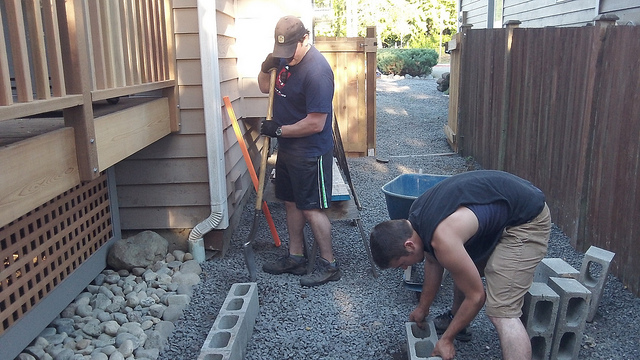
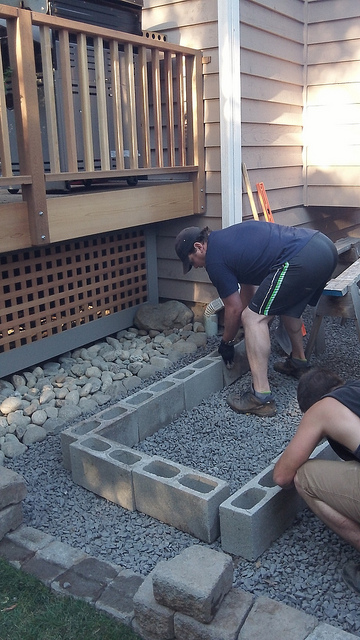
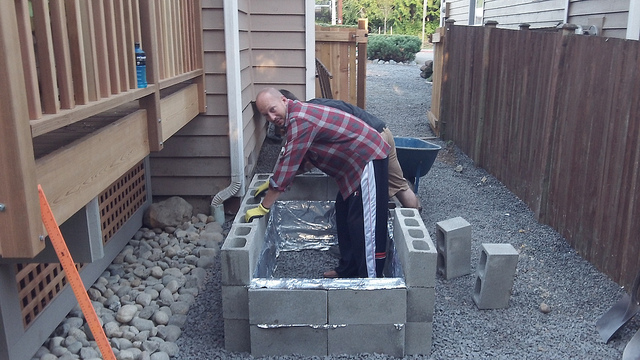
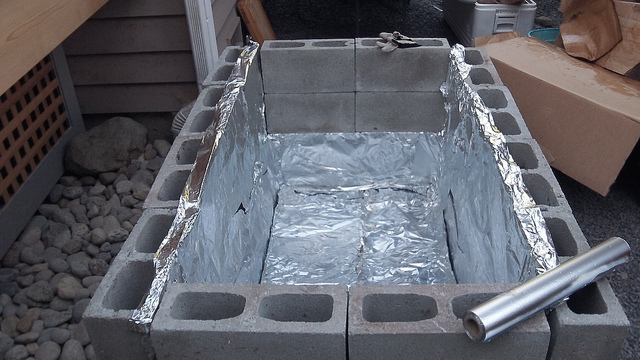
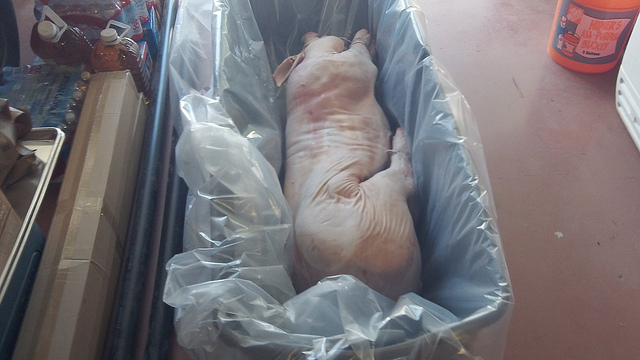

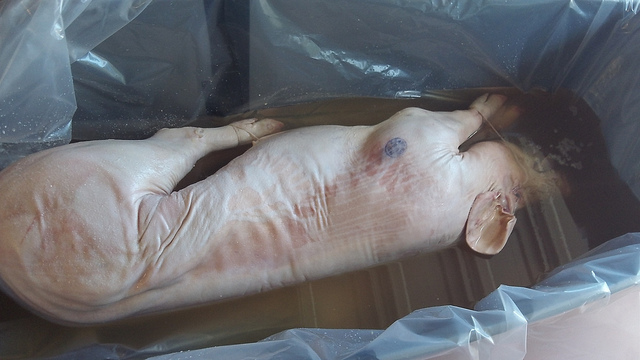
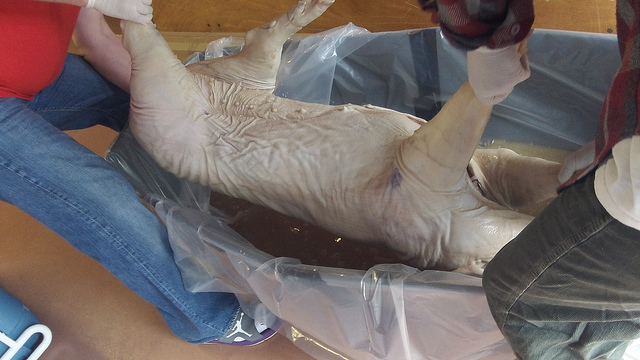
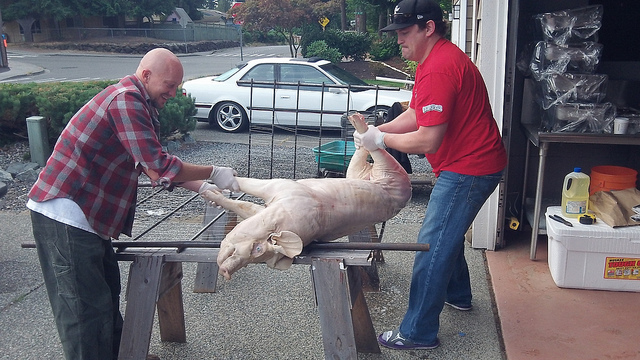
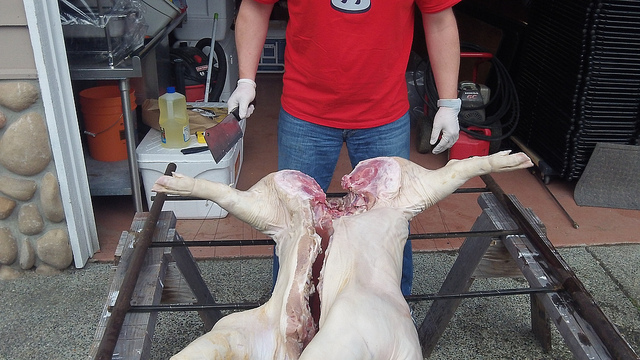
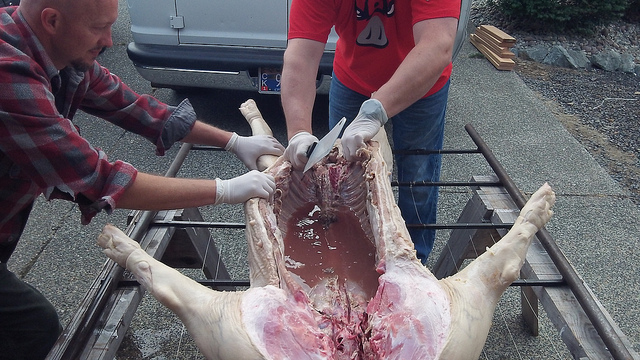
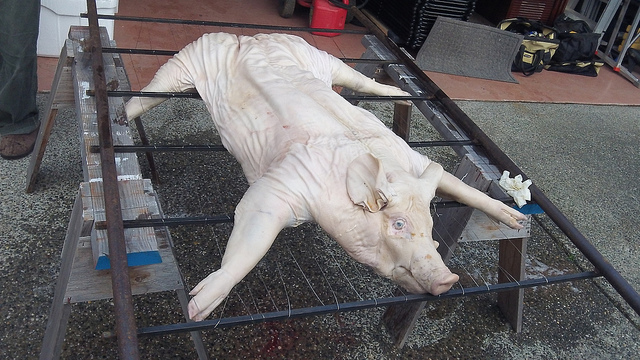
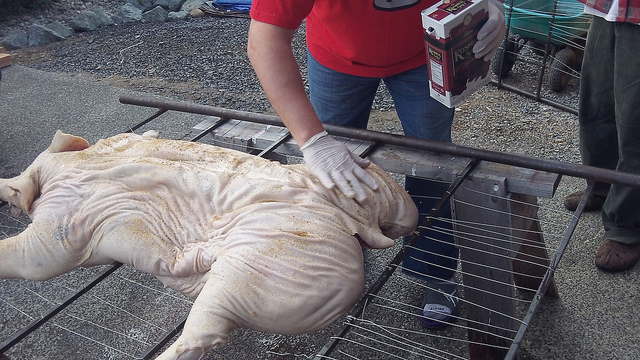
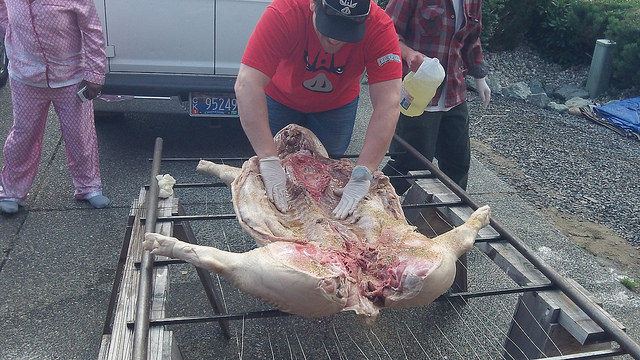
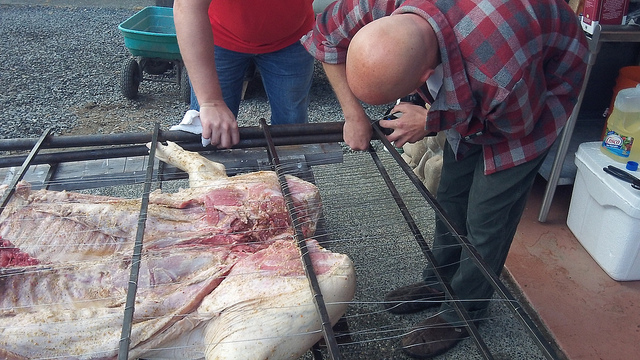
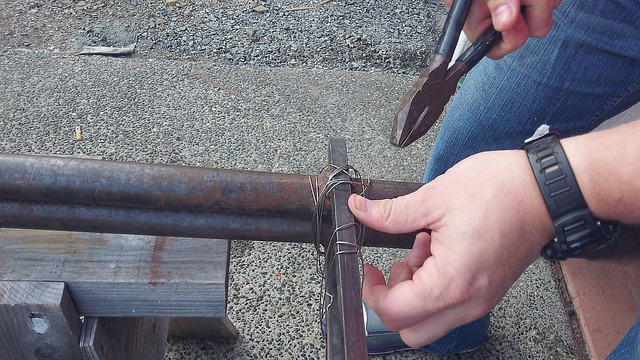
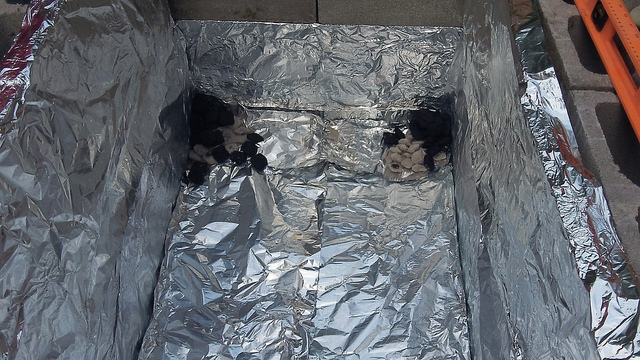
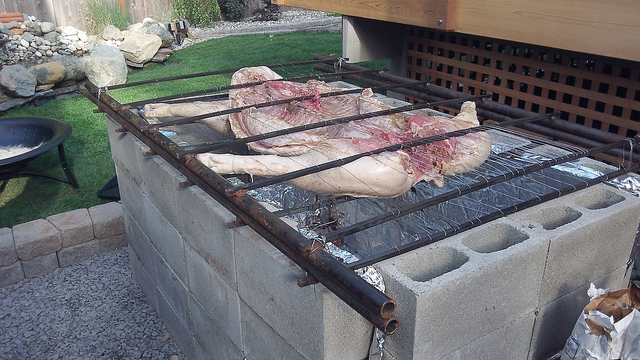
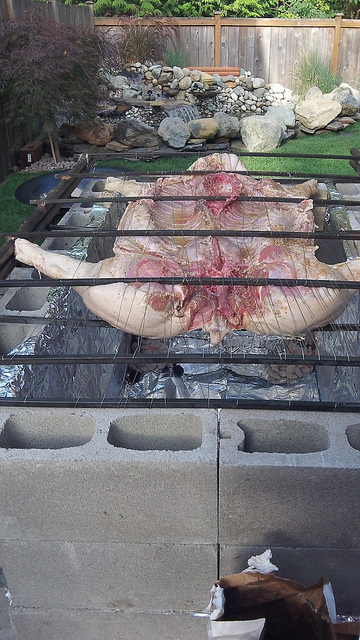
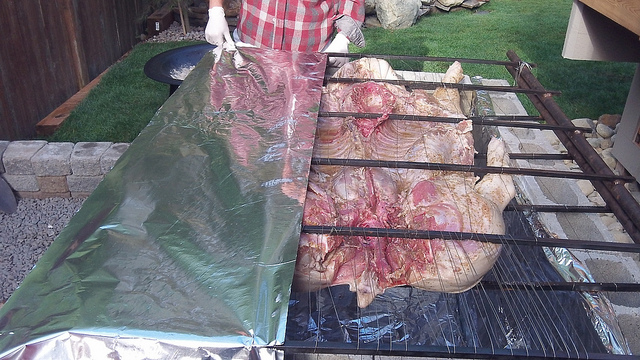
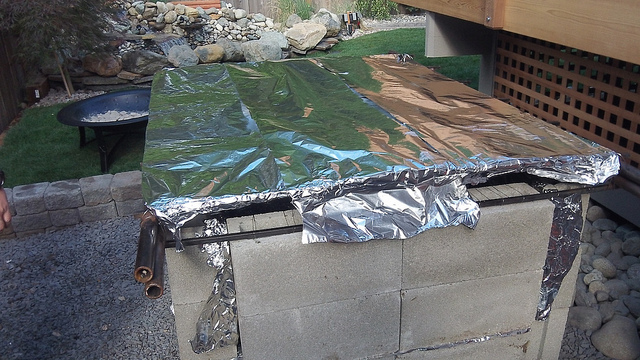

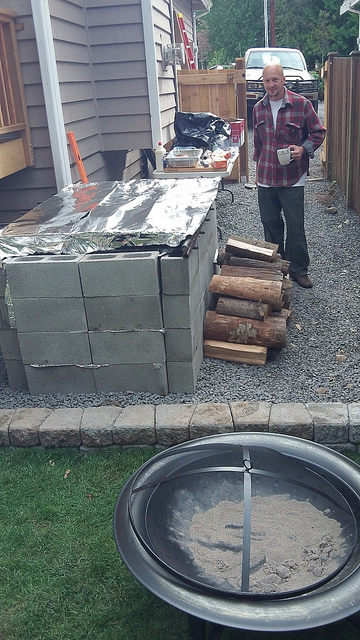

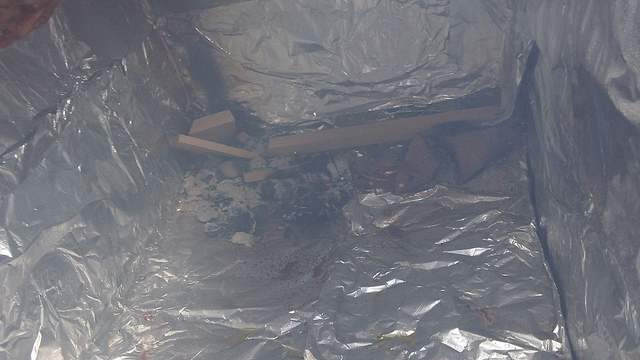
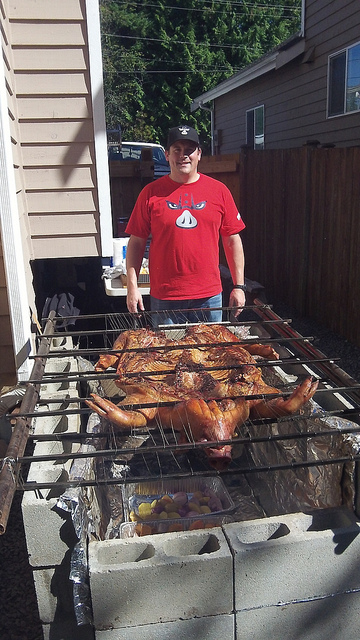
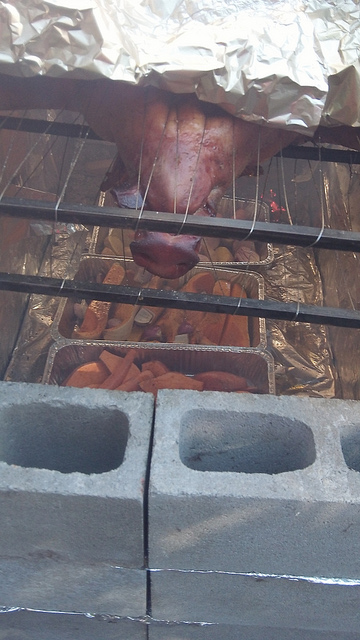

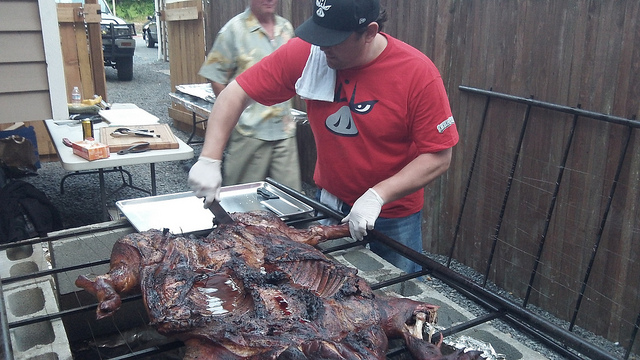
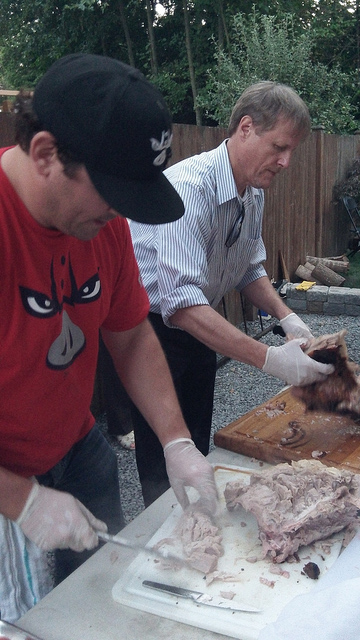
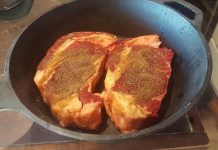



Looks awesome, I long for the good summer pig roast.
This was a very good step by step elaboration of roasting of a pig. Pig roast can be proving a perfect dish to eat on an event.
Thanks much, what a great written/photo combo. We’re having a big church group to our house and this might be the ticket. Again, thanks for the lesson.
you are welcome Dan, hope it works out well.